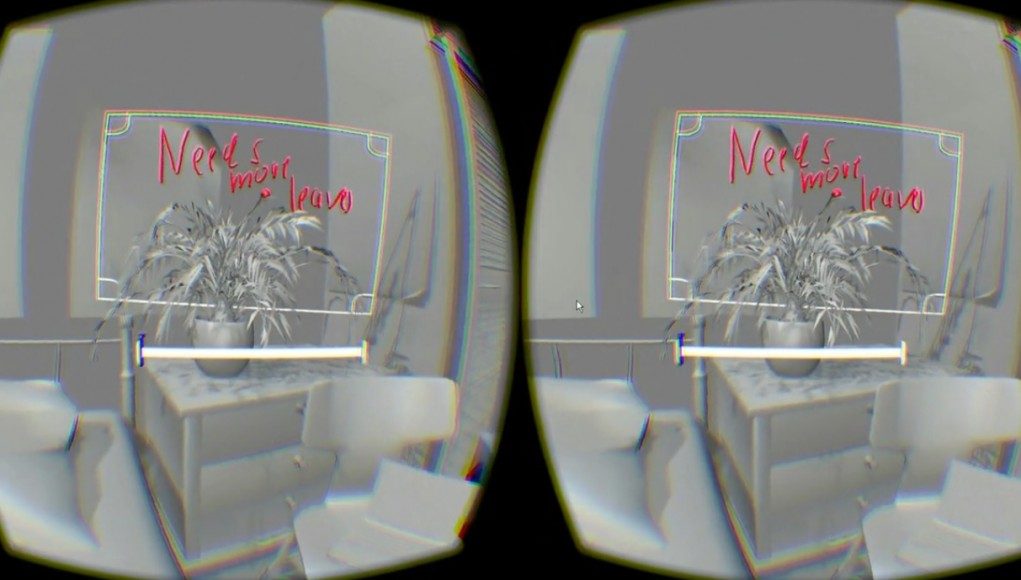Fabric Engine is an authoring tool-set for easing the visualisation and building of content in virtual spaces. The team behind the project have built what they claim is a suite of software which helps quickly iterate on designs for interactive applications and stories by presenting the creation inside virtual reality.
“Game engines are fantastic when it comes to playing back rich content, but they struggle when it comes to highly iterative authoring.” The introduction to a new blog post by Fabric Software unveiling their latest feature to make it into their visual creation suite, Fabric Engine 2. The company are trying to bridge the gap between tools which excel at rendering interactive and immersive content and creative processes used to shape them.
To demonstrate the theory, that rapid design iteration is made possible when you can experience the world you’re building ‘first hand’, the company have launched a prototype tool-set to allow creatives to storyboard content in virtual reality. These VR storyboarding extensions to the company’s Fabric Engine 2 software allow designers to push out their virtual worlds to a VR headset, and to make real-time changes and annotations within the virtual world, before pushing those alterations back into the application from which they originated.
“We wanted to make it possible for a content creator to load in a scene and then mark up that scene with a ‘3D stroke’ system,” states the blog post, “And most importantly, we wanted to capture that data and bring it back into an authoring application like Autodesk Maya. We’re pretty excited by the results!”
The video released alongside the post shows a designer, stepping into a virtual set and scribbling digitally, using both a Razer Hydra motion controller and a Wacom tablet and stylus in this case, directly onto virtual labels within the environment, using an Oculus Rift headset. The system is used to step through the content’s timeline, making adjustments and notes in real time.
You can add drawing and text directly alongside animations right after previewing said animations, which makes for an extremely naturalistic way to iterate upon a pre-existing design. And, once you’re done adding stuff, you can fold those changes back into the native application the assets came from – carrying on the creative process within the best application for the job. Designers or directors can also use the process to make notes on digital set dressing – adding notes on aesthetics or perhaps prop changes they may want, right inside the environment.
Perhaps an even more interesting idea is Fabric Software’s experimentation with this idea, extending it with a motion capture system. This allows a user, adorned with a motion capture system, to walk around digital sets and once virtual reality is enabled, to naturally move around the virtual space. Not only that, but once ‘inside’ the virtual set, you can observe scale and using input methods, sketch mark-up or manipulate digital props within the set in realtime.
This is all in prototype form right now, but from what we’ve seen here, the Fabric Engine team have some really interesting ideas to leverage immersive technology to ease the creative process. What’s more, the kind of iterative process described above, may well be a boon for the virtual reality content industry, as environments and assets will require a greater level of scrutiny for content consumed via VR headsets versus traditional flat screen methods.







